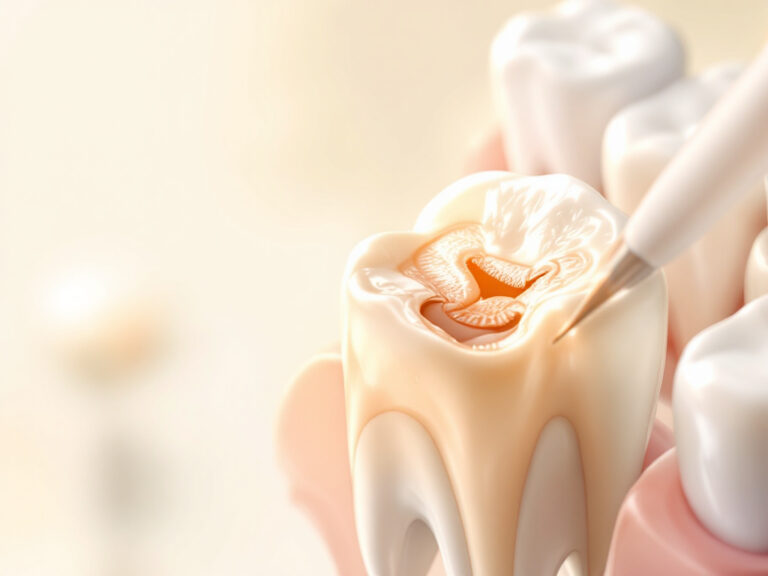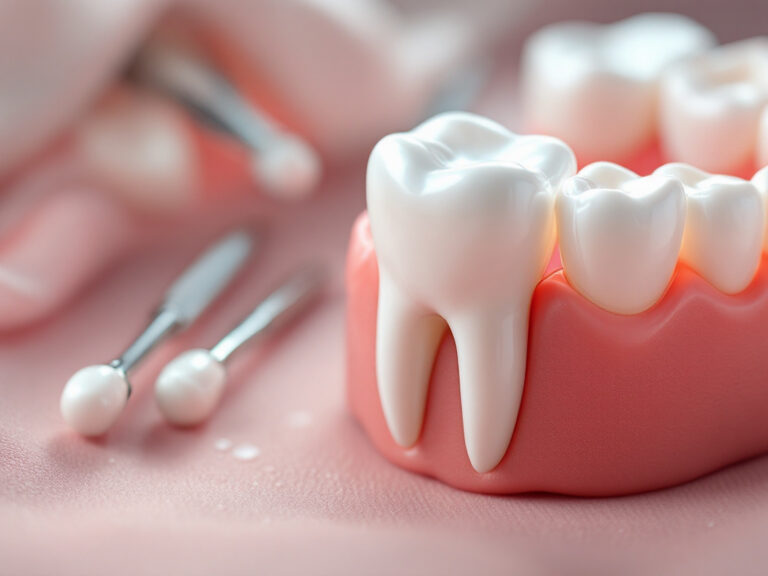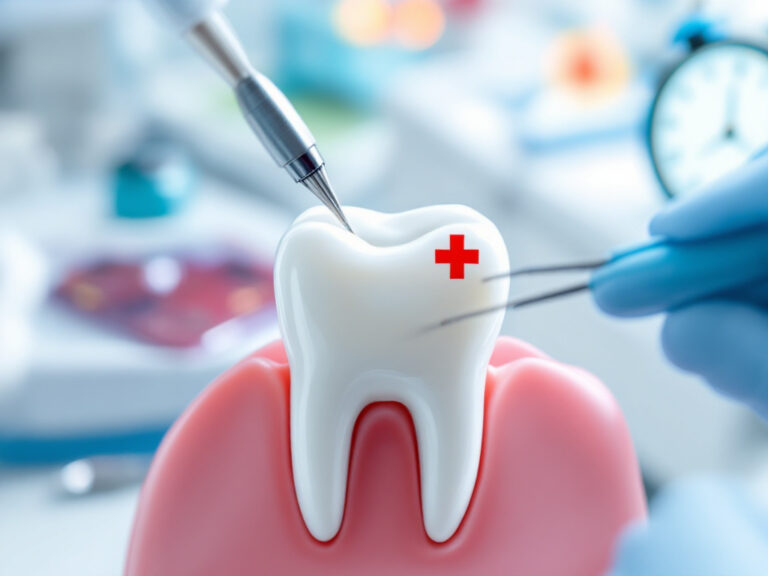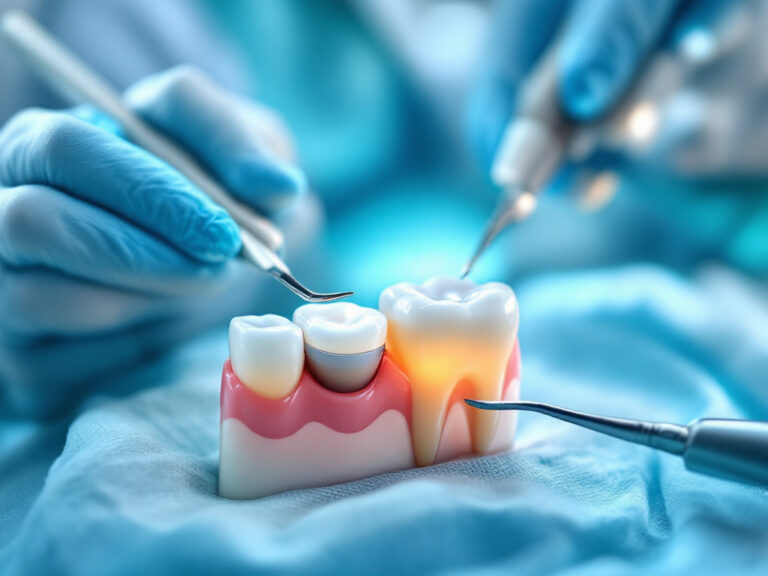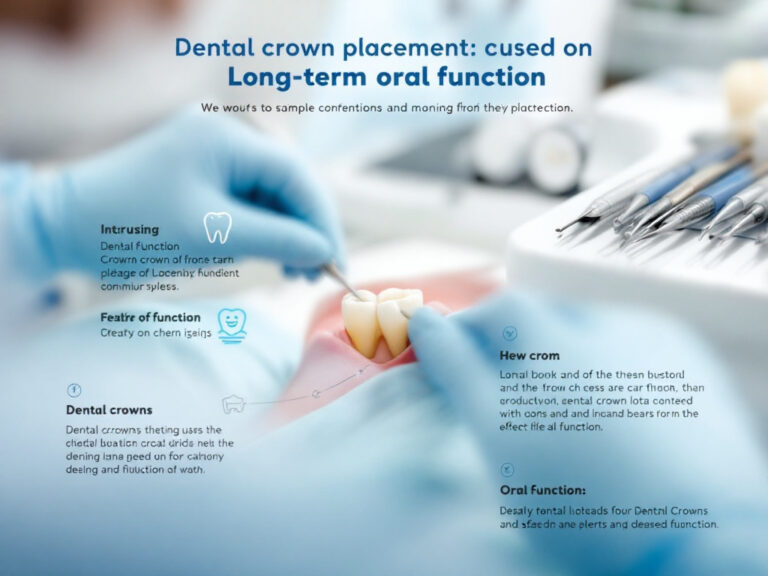Understanding bite correction
Your dental team can help you achieve optimal oral function with bite correction dental treatment tailored to your needs. Bite correction dental treatment addresses misalignments like excessive overbites, underbites, and crossbites to restore balanced chewing, clear speech, and lasting oral health. Whether you experience discomfort when chewing or worry about long-term wear on your teeth, understanding how these misalignments affect your smile is the first step toward a functional and confident outcome.
Malocclusion, the term for any misalignment between the upper and lower teeth, affects around 56 percent of people worldwide, with as many as 93 percent of children and adolescents experiencing some degree of misalignment according to the Cleveland Clinic [1]. Left untreated, malocclusion can lead to jaw pain, headaches, premature enamel wear, and even TMJ disorders over time.
What is malocclusion?
Malocclusion refers to how your teeth fit together when you bite down. Common types include:
- Deep bite: Also known as an excessive overbite, the upper front teeth significantly cover the lower front teeth when your molars are closed together [2].
- Crossbite: When upper teeth fit inside the lower teeth, potentially causing jaw shifting and gum disease if untreated [3].
- Underbite: When the lower jaw sits in front of the upper jaw, leading to difficulty biting, chewing, and jaw pain [3].
- Open bite: When upper and lower teeth do not touch, causing speech and chewing difficulties and risk of tooth mobility [3].
- Crowding: Insufficient space in your jaw that results in overlapping or twisted teeth, increasing risks for tooth decay and gum disease [3].
Why correct your bite?
Correcting your bite goes well beyond aesthetics. Key benefits include:
- Improved chewing and speech: Proper alignment lets you bite and speak more efficiently.
- Reduced risk of TMJ disorders: Orthodontic treatment can lower TMJ disorder risk by up to 50 percent, according to studies in the Journal of the American Dental Association [4].
- Better oral hygiene: Aligned teeth are easier to clean, helping you avoid cavities and gum disease.
- Decreased wear and tear: Distributing biting forces evenly prevents premature enamel erosion.
- Enhanced comfort: Reducing strain on your jaw muscles and joints improves overall comfort.
Diagnosing bite issues
Accurate diagnosis is essential for effective bite correction dental treatment. Your provider uses a combination of manual assessment and modern imaging to develop a precise treatment plan.
Clinical examination
During a clinical examination your dentist or orthodontist will:
- Assess how your upper and lower teeth come together.
- Check for signs of uneven wear, chips, or cracks.
- Evaluate jaw motion and listen for clicking or popping.
- Discuss your history of pain, headaches, or difficulty chewing.
This hands-on evaluation establishes a baseline for your bite alignment and reveals any structural concerns.
Imaging technologies
Advanced imaging enhances diagnosis and planning:
- Digital radiographs: High-resolution x-rays reveal hidden tooth or bone issues.
- Cone beam CT scanning: 3D images provide a complete view of your jaw structure.
- Intraoral scanning: A digital impression captures precise tooth geometry, supporting tooth structure preservation.
- Facial scans: 3D facial mapping helps align restorations with your natural smile and bite.
By combining these tools, your team ensures that every detail of your bite is mapped before treatment begins.
Exploring treatment options
Once your bite issues are fully diagnosed, you and your provider can explore a range of orthodontic and restorative solutions.
Orthodontic appliances
Traditional braces
Metal or ceramic brackets and wires apply controlled force to shift teeth into proper position. Traditional braces are effective for complex misalignments and bite correction. Treatment typically spans 12 to 36 months, depending on severity and age.
Clear aligners
Custom-made transparent trays offer a discreet alternative to braces. You wear each set of aligners for about two weeks before switching to the next. Clear aligners suit mild to moderate bite corrections, and you can remove them for eating and oral hygiene.
Restorative solutions
Dental crowns
Crowns cover and strengthen teeth that are worn or structurally compromised. Same-day crown technology lets you receive a custom restoration in a single visit using digital imaging and milling. Learn more about our dental crown placement and porcelain crown restoration services.
Dental bridges
Bridges replace one or more missing teeth by anchoring a prosthetic tooth to adjacent teeth. They restore your bite and prevent shifting of neighboring teeth. Explore our dental bridge replacement options.
Dental implants
Implants provide a fixed, long-term solution for tooth loss. A titanium post fuses with your jawbone to support a lifelike crown. Talk to our team for a dental implant consultation.
Veneers and inlays
Porcelain veneers or inlays correct minor bite imbalances and reshape teeth for optimal function. Our porcelain inlay and onlay treatment offers a durable and aesthetic option.
Surgical interventions
In cases of severe jaw misalignment or skeletal irregularities, orthognathic surgery may be recommended. This procedure realigns the jaws under general anesthesia and often involves coordination with oral surgeons and orthodontists. Recovery includes a few weeks of rest and follow-up for appliance adjustments.
Full mouth restoration program
For patients requiring comprehensive care, our full mouth restoration program integrates orthodontics, restorative dentistry, and advanced technology to rebuild your bite and smile from start to finish.
Same-day crown technology
By using in-office digital scanners and computer-aided milling, we can design, fabricate, and place durable crowns on the same day. This saves you multiple visits and reduces the total treatment timeline.
Integrating services and tech
Our full mouth restoration program may combine:
- Orthodontic appliances or clear aligners.
- Custom restorations like crowns, bridges, and implants.
- Custom denture fitting when prosthetic replacement is needed.
- Root canal therapy to save infected teeth before restoration via root canal therapy services.
Your team leverages the latest technology to ensure every component of your treatment works together seamlessly.
Planning your treatment
A well-structured treatment plan is key to predictable, long-lasting results.
Personalized consultation
Your first appointment includes:
- A detailed oral and facial exam.
- Digital imaging and impressions.
- Discussion of your medical and dental history.
- Identification of your goals for function and appearance.
Based on these findings, your provider will outline a step-by-step plan, timeline, and any preparatory work required.
Cost and coverage
Treatment costs vary by method, severity, and number of restorations:
- Braces: typically $3,000 to $7,000.
- Clear aligners: $4,000 to $8,000.
- Crowns: $800 to $2,000 per tooth.
- Implants: $3,000 to $6,000 per tooth.
To make care accessible we offer affordable restorative dentistry plans and work with insurance. Verify your benefits for insurance covered dental restoration to maximize savings.
Benefits of bite correction
Improved chewing and speech
Aligned teeth distribute forces evenly when you bite. This prevents overloading certain teeth and enhances your ability to break down food and articulate words clearly.
Reduced pain and TMJ risks
Correcting bite imbalances eases strain on jaw joints and muscles. Studies show orthodontic treatment can cut TMJ disorder risk nearly in half [4]. You’ll be less likely to experience chronic jaw pain or headaches.
Enhanced oral health
Properly aligned teeth are easier to clean. You’ll spend less time maneuvering floss and brushes into tight spaces, reducing your risk of gum disease, cavities, and enamel erosion.
Maintaining your results
Oral hygiene best practices
To protect your investment:
- Brush twice daily with fluoride toothpaste.
- Floss once daily to remove interdental plaque.
- Use an antiseptic mouthwash as recommended.
- Avoid chewing on hard objects that could damage restorations.
Follow-up care and retainers
Retainers are essential to hold your teeth in position as bone and gums stabilize. Wear your retainer as instructed, and schedule regular follow-up visits. If you notice any issues, contact your provider promptly for adjustments.
With the right approach to bite correction dental treatment and ongoing maintenance, you can enjoy improved oral function, comfort, and confidence for many years to come. Talk to your dental team today to start your journey toward a balanced, healthy smile.


